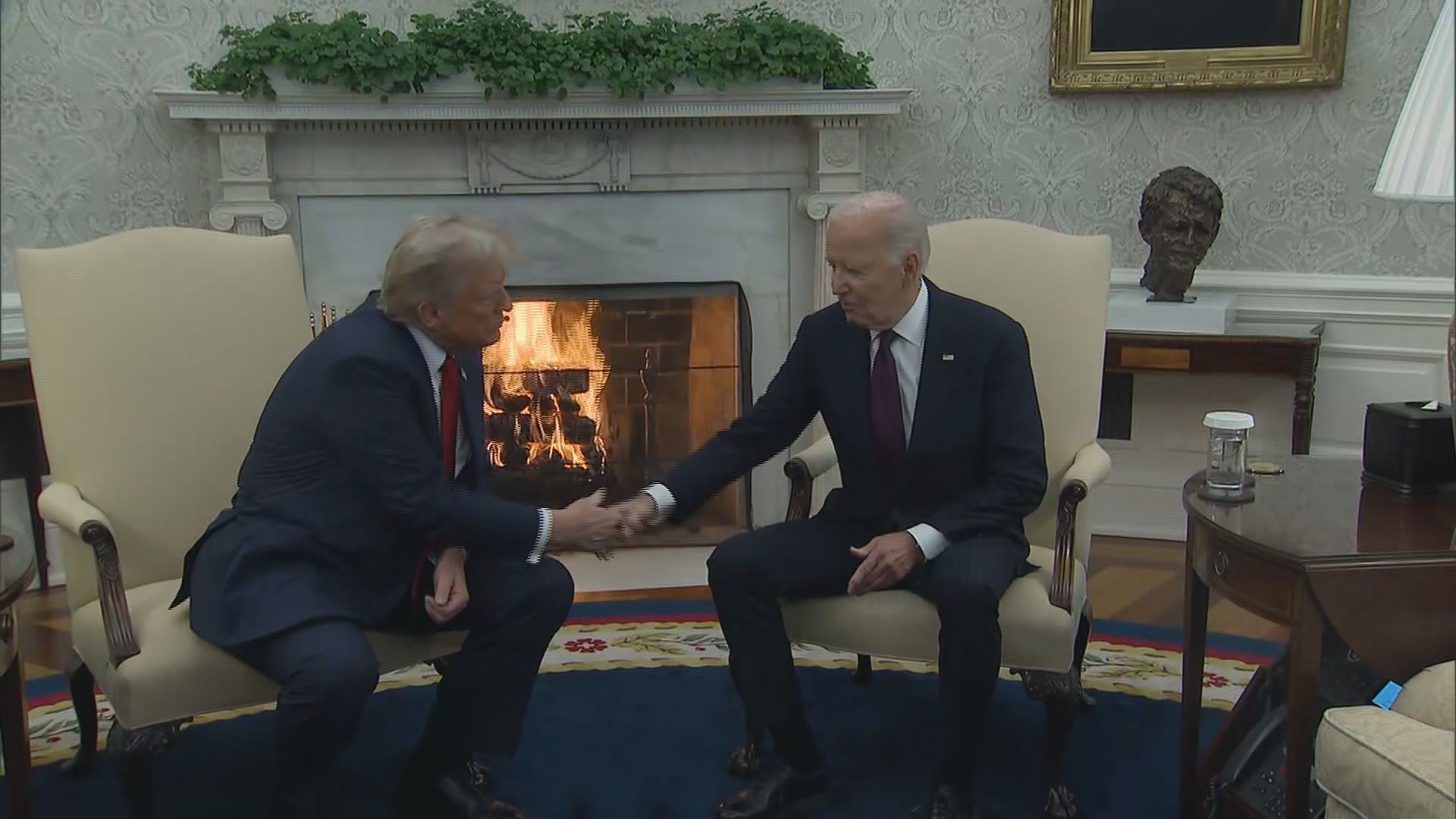![Army PT Uniform [ID=13946729]](http://moc-assets-prod.gannett-cdn.com/-mm-/734fac10538d13406c1d7cd31ef155a9e07b4676/r=300x400/local/-/media/WFMY/WFMY/2014/08/12/1407855697000-Army-PT-Uniform.jpg)
The Army's iconic physical fitness uniform is undergoing a colorful change, the service has announced.
The well-known black-on-gray "Army" T-shirt will be swapped with a gold-on-black version to match Army colors; the use of lighter, moisture-wicking fabrics; and a better fit for men and women.
"It is a new icon," said Sergeant Major of the Army Raymond Chandler, the service's top enlisted official.
Between October and the end of the year, the Army will debut the new PT duds, referred to as the Army Physical Fitness Uniform. The nearly 40 changes in the new uniform are intended to mean better performance, aesthetics and comfort. And it will give troops a more modest set of trunks. Soldiers complain the trunks are too revealing during situps.
"It just fits better, it looks better," Chandler said. "Lots of folks that we talked to said, 'I would actually wear that downtown or at the mall.' So I just think it is a really great win for the Army. Because everything we changed were things that soldiers said that they would like to see different."
The product manager for Soldier Protection and Individual Equipment, Col. Robert Mortlock, said the changes were initiated by soldiers in 2012 who voiced dissatisfaction with the Improved Physical Fitness Uniform, in use since 2000. From there, the Army vetted changes with soldiers through two large surveys and lengthy wear tests at posts around the Army.
The precise fielding schedule is not ready, but the uniform will start appearing in military clothing stores between October and December, it will be issued in Initial Entry Training, and Advanced Individual Training in the spring of 2015, and noncommissioned officers who train incoming will get it some time before then. It will be issued for Army National Guard, Army Reserve, and Reserve Officer Training Corps soldiers next summer.
The old uniform will continue to be worn until the stocks are depleted in order to be "fiscally responsible," Mortlock said.
"As soldiers wear out the IPFU, they will be able to buy the APFU as it becomes available in (military) clothing stores."
The wear-out date for the old uniform is estimated for around October 2017, and the mandatory possession date for the new one will around October 2017. The wear-out and possession dates for the new black caps (replacing the green ones) will come one year later.
The five piece ensemble — jacket, pants, long-sleeve shirt, T-shirt, and trunks — will feature the new fabrics, tagless labels and the gold logo on black fabric. To save money, the reflective elements from the IPFU are absent. Female sizes will be available for the jacket and pants, but women did not need them for the trunks, according to Mortlock.
Dropping reflective materials and a liner from the pants will allow the Army to charge about $3 less per set than the IPFU, in spite of the various improvements, Mortlock said. The costs of individual items, and the related clothing replacement allowance for the next fiscal year, aren't expected to be finalized for another couple months.
The decision to ditch the reflective materials was in part because of stealth risks in the war-zone. When needed, soldiers can wear reflective belts.
Despite soldier requests, the uniform does not include anti-microbial properties that would have helped reduce odor. Officials decided more research into their long-term effects was warranted, Mortlock said. The Army Surgeon General's Office and Natick Labs are studying the issue.
The Army studied whether a black uniform would make soldiers hotter but tests using a "sweating mannequin" showed the moisture-wicking material compensated for the color difference, Mortlock said.
On top of all these changes, the Army is also going to introduce an optional ensemble that looks the same but offers a higher-performance fabric. The uniform would be lighter but less durable, and be available in military clothing stores in December. The ensemble will appear the same, and items from each can be mixed, but soldiers will have to buy them with their own money.
Generally, the "optionally purchased" APFU will cost 10 percent to 20 percent more. The T-shirt will cost substantially more: $20 to $25, in contrast with the Army-issued $5 shirt, Mortlock said.
The APFU is the culmination of several years' work. More than 76,000 troops responded to an all-Army survey in early 2012 about the PT uniform, complaining about trunk modesty, outdated fabrics and the lack of female sizing, according to Mortlock. Some 170,000 soldiers responded to a second survey, rating Army-proposed color scheme and design options.
"Right now, soldiers just don't like their gray set, so what we tried to do is give them a workout kit they would be proud to wear not only during their workout, but outside," Mortlock said.
![Army PT Uniform2 [ID=13946821]](http://moc-assets-prod.gannett-cdn.com/-mm-/b2e9b23cd767d8a10443c055f0220c24d0200e88/r=266x400/local/-/media/WFMY/WFMY/2014/08/12/1407855885000-Army-PT-Uniform2.jpg)


